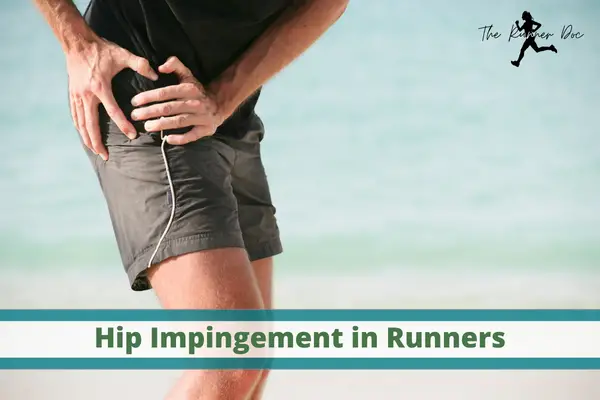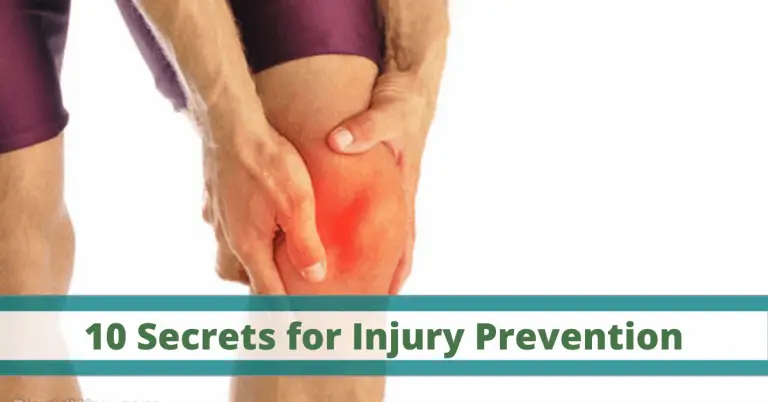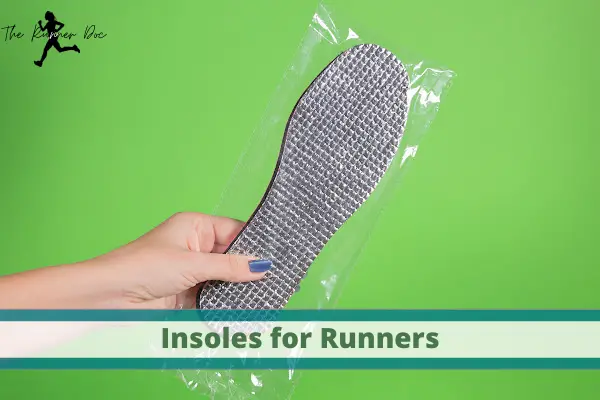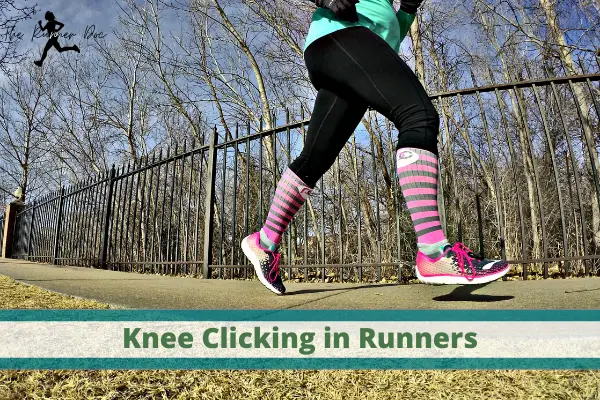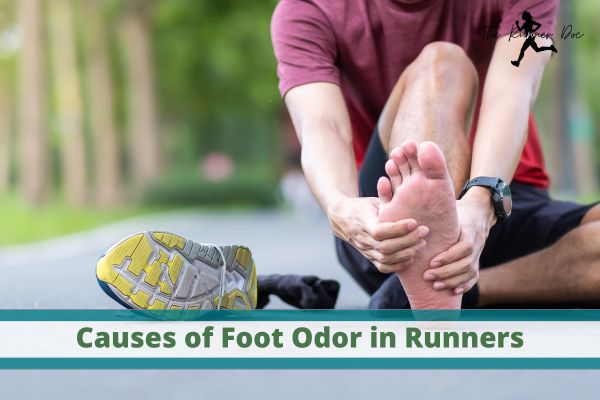The Painful Reality of Running with Hip Impingement: How to Manage Femoroacetabular Impingement (FAI) in Runners
Femoroacetabular Impingement in Runners
Running with hip impingement, also known as femoroacetabular impingement (FAI), is a condition that affects many runners, specifically female runners. It causes pain and discomfort, which can make running difficult or even impossible.
In this blog post, we’ll explore what FAI is, how to identify it in runners, and the best ways to treat it so you can get back on the road running again. With the right knowledge and care plan in place, running with hip impingement doesn’t have to be a hindrance—it could become your greatest strength!
(THIS POST PROBABLY CONTAINS AFFILIATE LINKS. OUR FULL DISCLOSURE POLICY IS REALLY BORING, BUT YOU CAN FIND IT HERE.)
What is Hip Impingement
Hip impingement or femoroacetabular impingement (FAI) occurs when the ball of the hip (femoral head) pinches against the cup of the hip (acetabular). Most commonly, FAI is a soft tissue-related issue in runners.
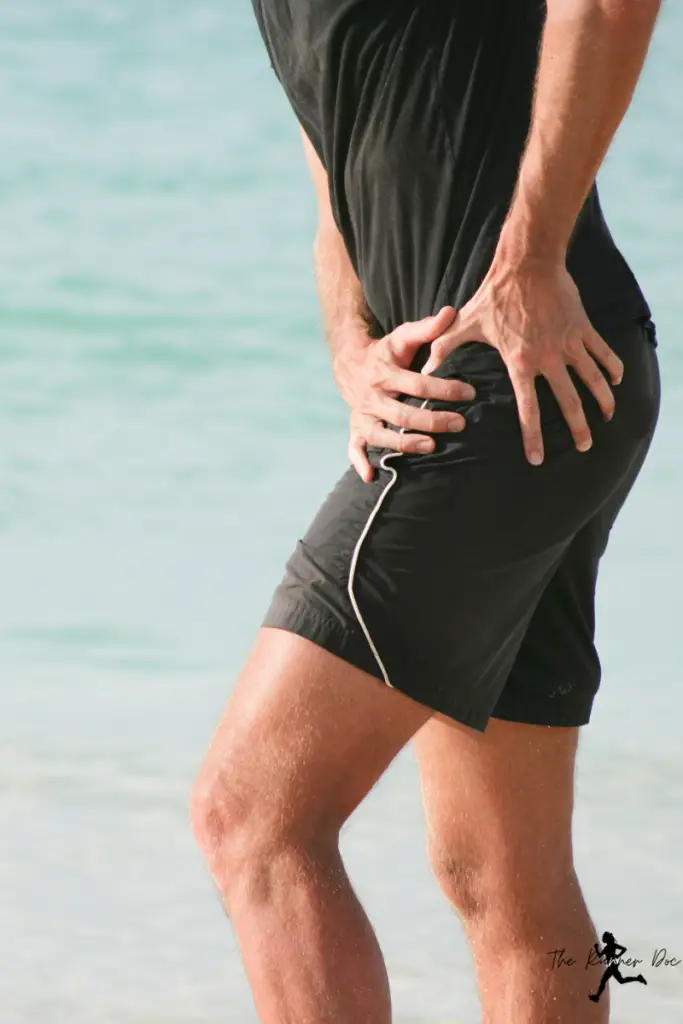
How does hip Impingement happen?
Hip impingement is caused by the position of the hip bone in its socket. The hip bone is normally towards the front of the socket where it is more likely to catch on the lip of the socket. People who are born with a bigger hip bone often experience this issue as the increased size makes it more likely for their hip to snag on the socket’s edge. Additionally, many runners suffer through this due to biomechanical issues that cause them to pull their hips forward, resulting in compression of the lip and further irritation.
Related article: Pain in the Hip? How to Finally Fix Tight Hip Flexors in Runners
Types of Femoroacetabular Impingement
There are two main types of hip impingement, well 3 actually but the third is a combo of the two. So two it is.
- CAM impingement – This is when the top of the thigh bone is abnormally shaped and doesn’t move smoothly in the socket.
- Pincer impingement – This is when the socket may be deeper than usual with excess bone on the lip of the socket, causing the top of the hip to catch on this lip.
It is estimated that women are more likely to have a pincer impingement and men a cam impingement.
About 33% of ATHLETES have FAI! But so many of these people were asymptomatic, meaning they don’t have symptoms even if the images show an impingement. (4)

Symptoms of FAI in Runners
The symptoms of hip impingement can differ depending on the severity of the impingement, but some common symptoms are:
- Hip and/or groin pain that is deep and difficult to locate
- Symptoms may be worse after running and sitting for long periods of time
- Your hip may feel generally stiffer than your opposite side
- Your hip may regularly make popping and clicking sounds
- Difficulty flexing the hip past a certain point
- positive FADIR (hip flexion, adduction, and internal rotation) test
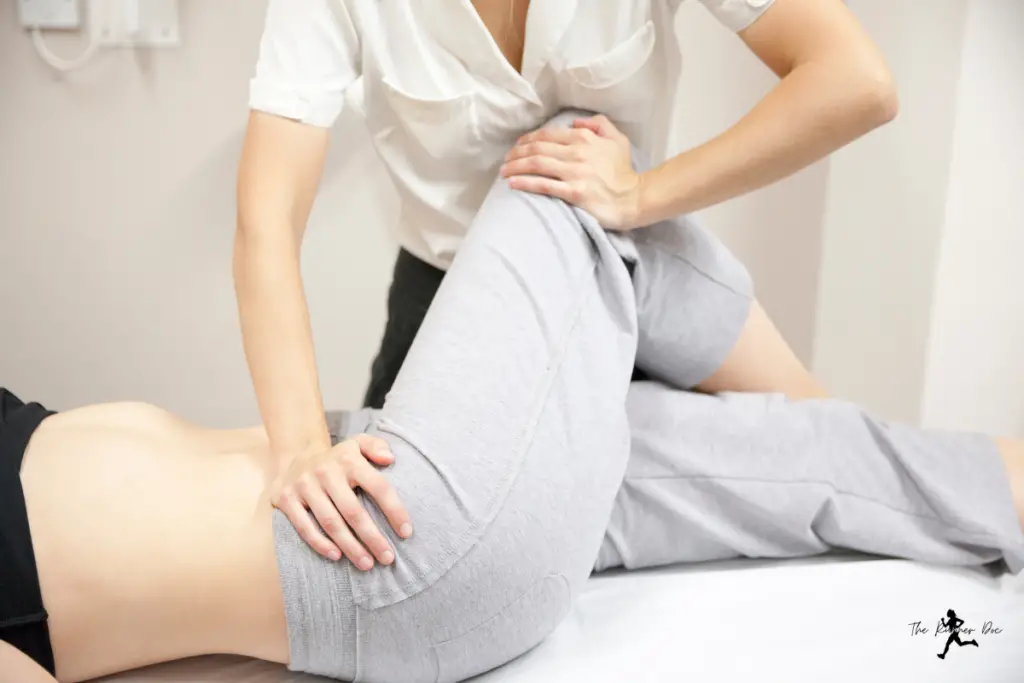
Causes of Hip Impingement
There isn’t a clear cause known. Some are born with the extra structures or shape of the ball and socket joint in the hip that causes the impingement, while others develop it (acquired).
The etiology of FAI is still relatively controversial and no clear consensus has been made.
Currently, the most popular theory for the development of cam-type deformities is that a repetitive injury occurs during development. There is a correlation between a high volume of impact activities during adolescence and the development of cam-type deformities. (3)
Treatment options for running with hip impingement
Symptoms will typically be alleviated with conservative treatment and therapeutic approaches.
The goal for runners is to make sure your pelvis is tilting and moving in a way that assists the hip joint in full, pain-free, motion. When flexing your hip your pelvis should rotate backward and when you are extending your hip your pelvis should tilt forward. This is where a gait analysis or evaluation by a physical therapist is beneficial.
Focusing on hip mobility and strength as well as core stability is key.
Exercises for Hip Impingement in Runners
single-leg bridge
tabletop marches
band-resisted marches
Deadbug
Hip CARs
90/90 switches
How to prevent running-related hip impingement in the future
Work on your biomechanics of running. This means making sure your running form is on point. Form training though isn’t the only part of this. Doing the exercises described above is critical as well. Maintaining strong hips with good mobility will work wonders on your hip outlook!
Movement training is what it is all about when it comes to most issues. This is how you are going to prevent pain or prevent the progression of this issue.
Final Thoughts on Running with Hip Impingement
Running with hip impingement can be a painful and debilitating condition, but it doesn’t have to be. With the right exercises, running form, and movement training program you can prevent or even reverse running-related hip impingements.
While there may not always be an obvious cause of this issue, understanding how biomechanics play into running performance will help reduce the risk of developing femoroacetabular impingement (FAI). Don’t let pain stop you from running – take control today!
AFFILIATE DISCLOSURE
As an Amazon Associate, I earn from qualifying purchases. This post may contain affiliate links. If you use these links to buy something we may earn a commission. The Site may contain links to affiliate websites, and we receive an affiliate commission for any purchases made by you on the affiliate website using such links.
All information should be used as a tool for more knowledge on the subject topic, to use as references for later articles where applicable, or just to keep it in mind during future exercise routines or activities.
This article is not meant to give medical advice or to replace professional health care. Should any ailment occur please contact your doctor or physical therapist immediately to keep yourself safe and prevent further damage.
The author is not liable for any personal or commercial damage directly or indirectly related to the content hereof. You are responsible for adhering to local laws and regulations regarding health & safety, including proper use of equipment or safety gear, and compliance with governing healthcare associations, and state, and federal regulations.
References for Running with Hip Impingement
- Moley PJ, Tatka J, Singh JR. Running with Femoral Acetabular Impingement: Operative Vs Nonoperative Treatment. PM R. 2020 Aug;12(8):817-822. doi: 10.1002/pmrj.12438. PMID: 32535998.
- Byrd JW. Femoroacetabular impingement in athletes, part 1: cause and assessment. Sports Health. 2010 Jul;2(4):321-33. doi: 10.1177/1941738110368392. PMID: 23015955; PMCID: PMC3445094.
- Packer JD, Safran MR. The etiology of primary femoroacetabular impingement: genetics or acquired deformity? J Hip Preserv Surg. 2015 Jun 18;2(3):249-57. doi: 10.1093/jhps/hnv046. PMID: 27011846; PMCID: PMC4765309.
- Frank, J. M., Harris, J. D., Erickson, B. J., Slikker, W., Bush-Joseph, C. A., Salata, M. J., & Nho, J. (2015). Prevalence of Femoroacetabular Impingement Imaging Findings in Asymptomatic Volunteers: A Systematic Review
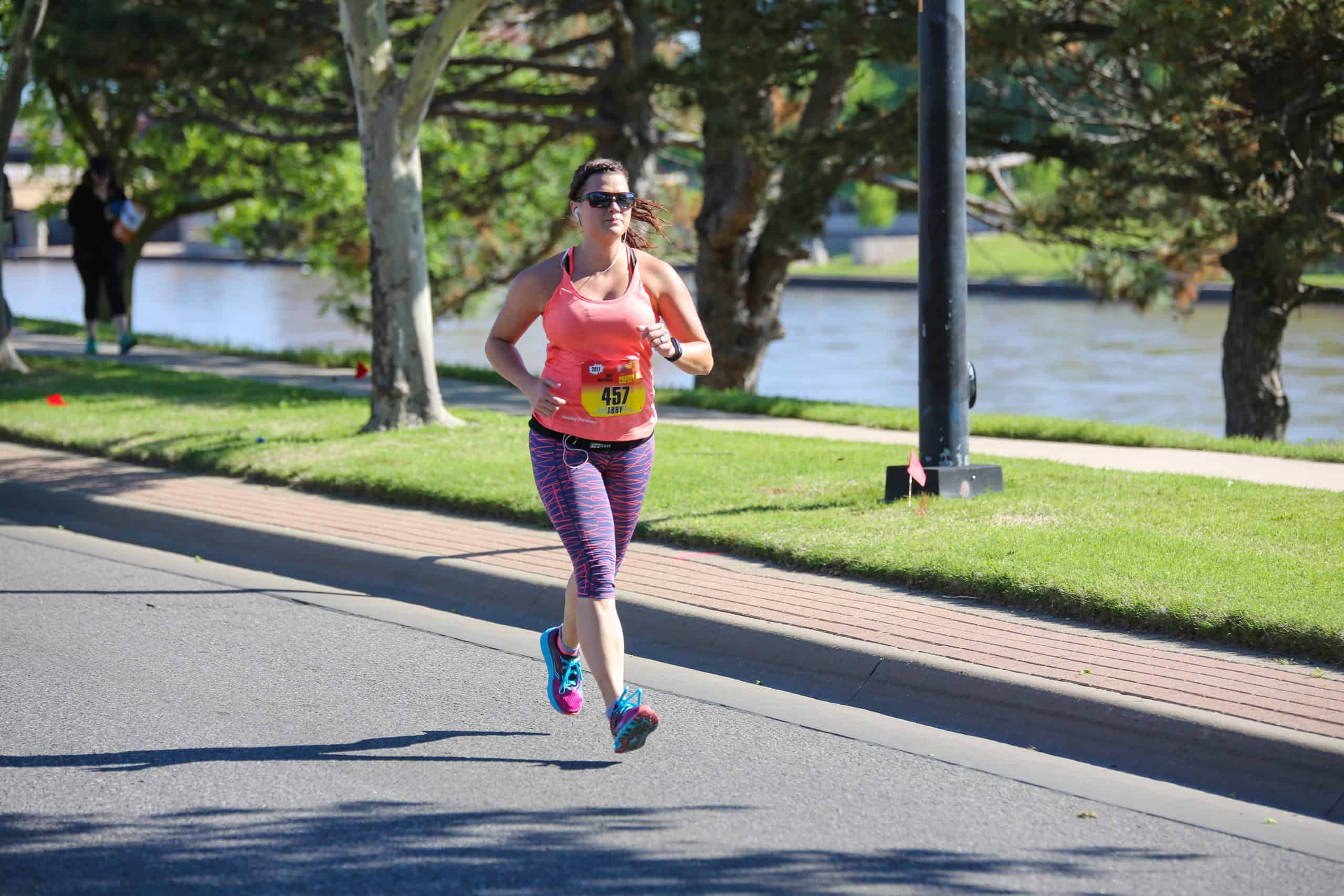
Dr. Abby Siler, PT, DPT is a Physical Therapist with 10 years of experience in a variety of settings. She has spent the majority of her time treating athletes in orthopedic clinics and worker’s compensation cases. She is a runner herself for the past 15 years and a lifelong athlete. Dr. Abby loves to teach runners how to stay injury free and out of her clinic.
